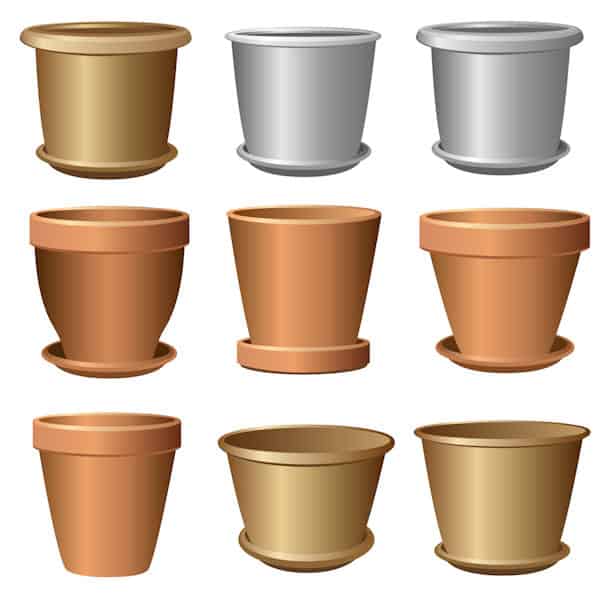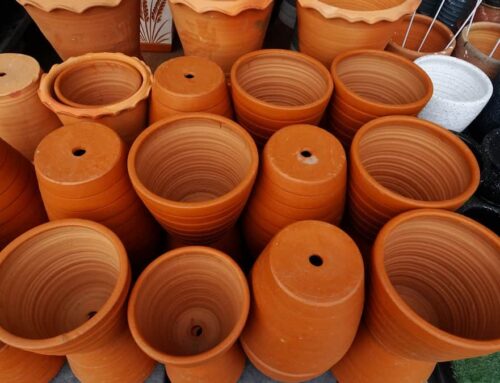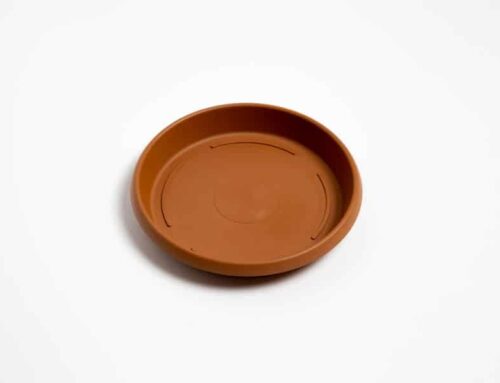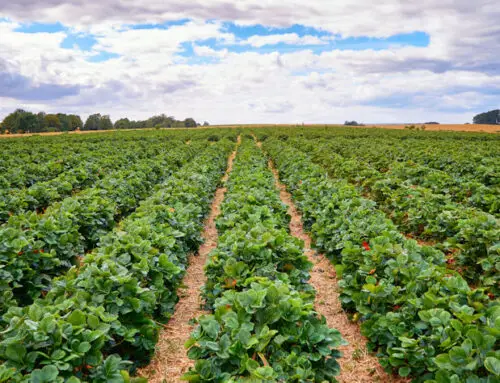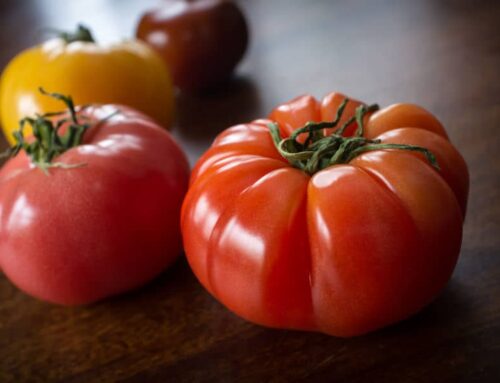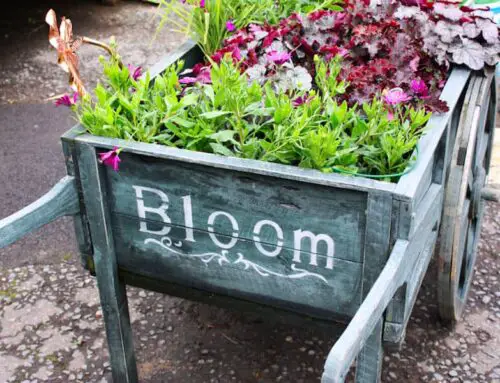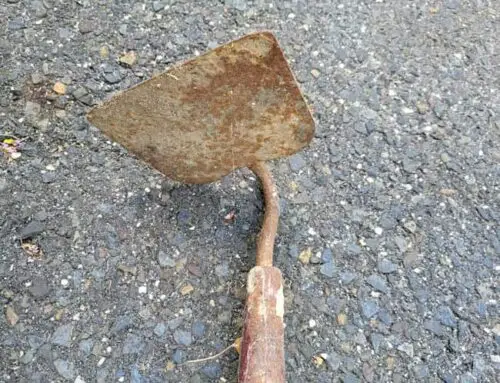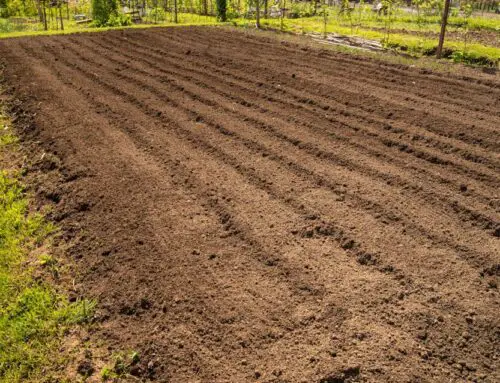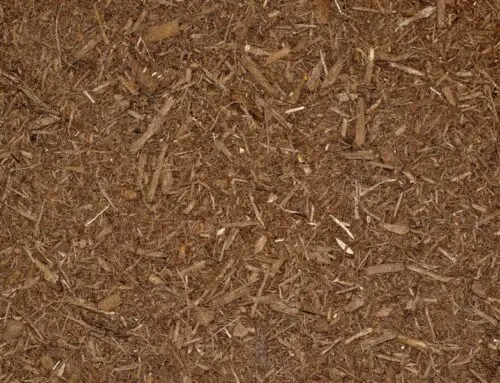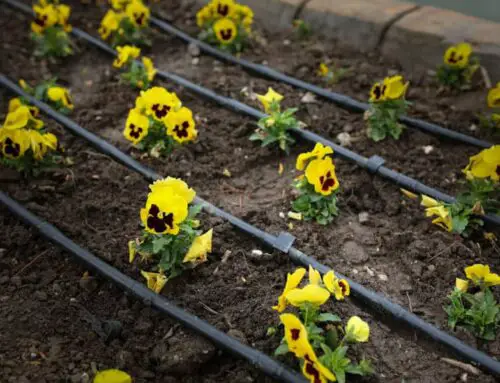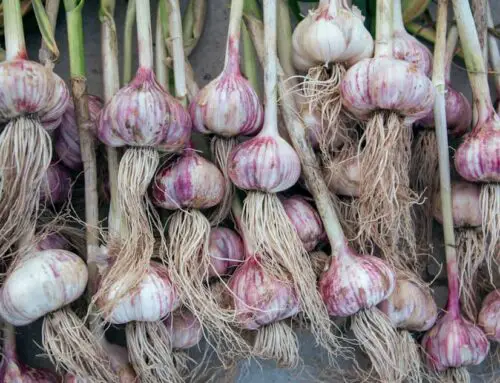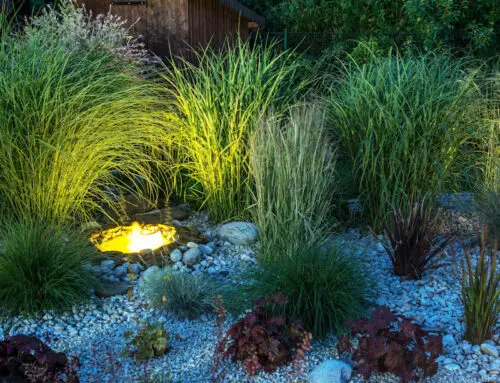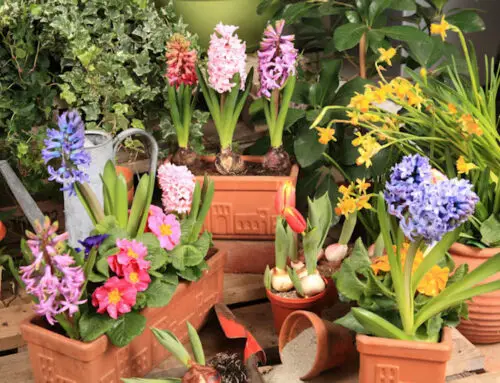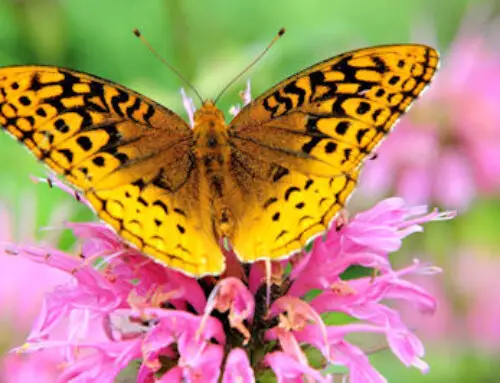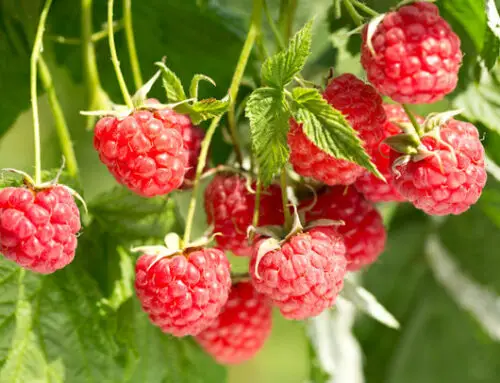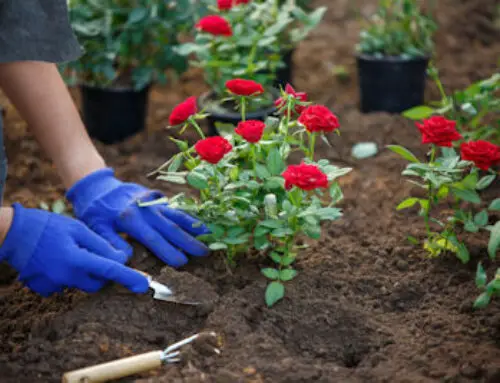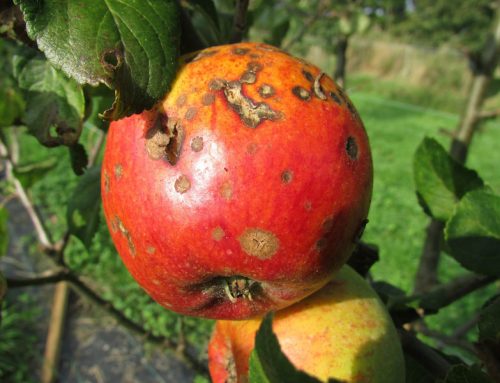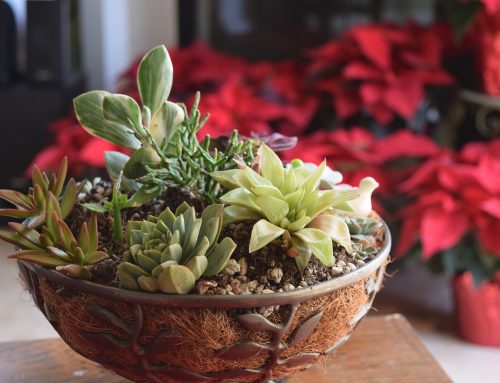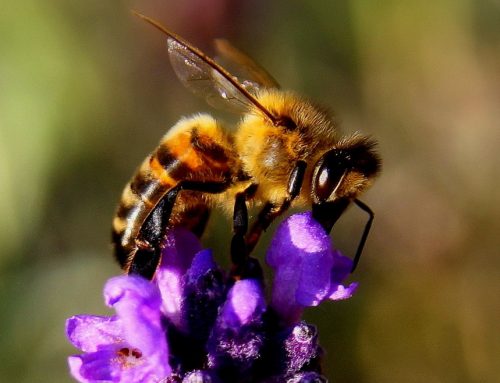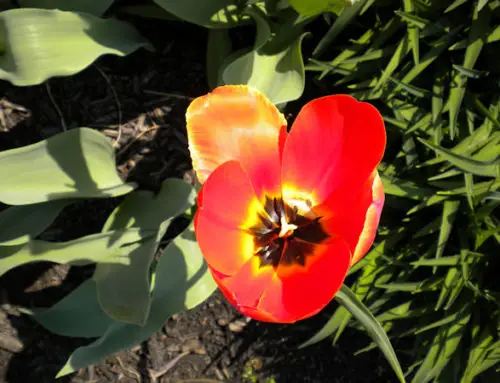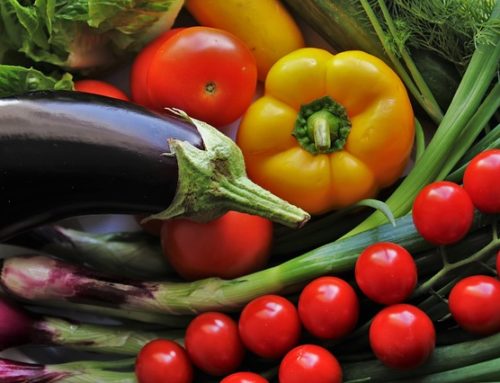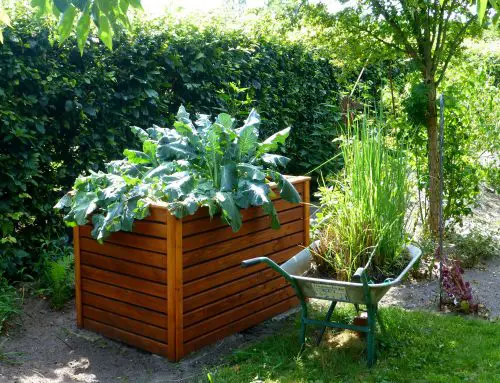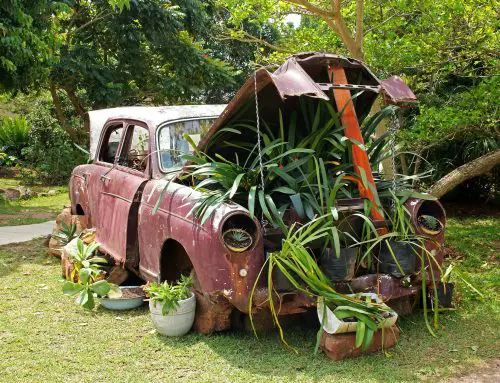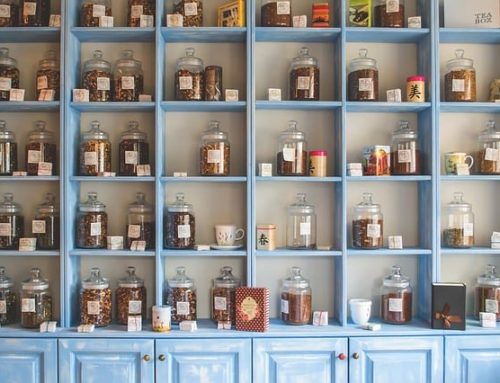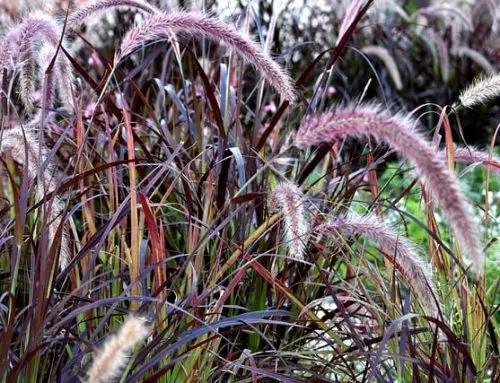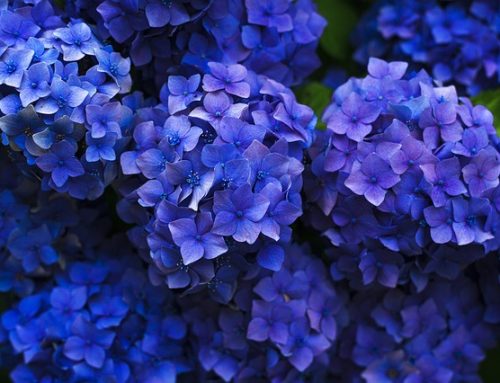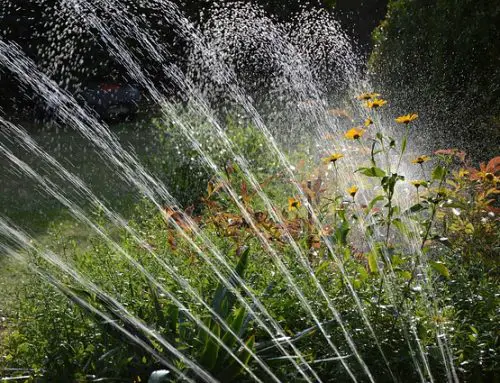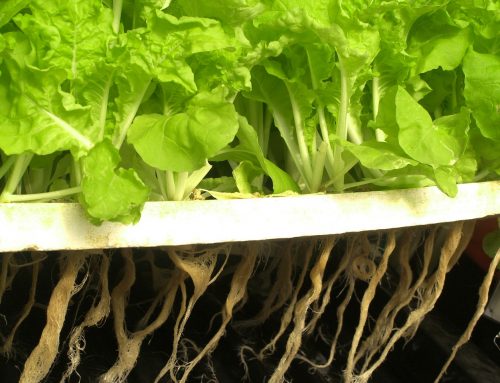Have you ever wondered why plant pots are tapered? It’s a question that has probably crossed the minds of many gardeners and plant lovers alike. Let’s explore the reasons behind the distinctive shape of plant pots, delving into the practical, aesthetic, and functional aspects that contribute to their unique design.
Why Are Plant Pots Tapered?
Plant pots are tapered to ease plant removal, promote optimal drainage, encourage healthy root growth, regulate temperature, and provide stability. The timeless design also adds aesthetic appeal to any space.
Read on for more information about why plant pots are tapered.
Tapered Pots are a Time Tested Design
Easy Removal of Plants
One of the primary reasons plant pots are tapered is to facilitate the easy removal of plants. When it’s time to transplant or repot a plant, the sloping sides of a tapered pot make it much simpler to slide the plant out without damaging its roots or compacting the soil. In contrast, a pot with straight sides would require more force, increasing the risk of harming the plant in the process.
Optimal Drainage
A key factor in healthy plant growth is proper drainage, and tapered pots excel in this regard. The wider top allows water to be distributed evenly across the soil surface, while the narrower base encourages excess water to drain away more efficiently. This design helps prevent root rot, a common problem caused by waterlogged soil, and ensures plants receive the right amount of moisture to thrive.
Promoting Healthy Plant Growth
Encouraging Root Growth
Tapered pots not only make it easier to remove plants but also promote healthy root growth. As the roots grow downward and outward, the narrowing shape of the pot directs them towards the center. This natural guidance system encourages a more compact root ball, which makes for a stronger and healthier plant overall.
Temperature Regulation
Another factor to consider is temperature regulation. Tapered pots provide better insulation for plant roots due to the varying thickness of the pot walls. The thicker upper portion helps to keep the soil cool during hot days, while the thinner base retains heat during colder periods. This temperature balance is essential for the healthy growth and development of plants, ensuring they remain comfortable in their environment all year round.
Aesthetics and Functionality
Stability and Space Efficiency
Tapered pots have an inherent stability due to their wider base. This design reduces the risk of the pot toppling over, keeping your plants safe from accidents and potential damage. Additionally, the tapering shape allows for more efficient use of space, as multiple pots can be nested together closely when not in use, or even when displaying plants in a small area.
Aesthetic Appeal
Lastly, we cannot overlook the aesthetic aspect of tapered plant pots. The classic, timeless design has been popular for centuries, and its appeal has endured in contemporary gardening trends. The elegant lines of a tapered pot complement a wide variety of plant species, adding a touch of sophistication to any indoor or outdoor space.
Improved Soil Aeration
Tapered pots can improve soil aeration, which is essential for healthy root development. The sloping sides allow air to circulate more freely within the pot, providing oxygen to the roots and promoting the exchange of gases. Proper aeration can help prevent soil compaction and enhance nutrient uptake, further contributing to plant health.
Compatibility with Saucers and Drip Trays
Tapered pots are compatible with planter bases such as saucers and drip trays, which are designed to catch excess water that drains from the pot. This compatibility helps protect surfaces from water damage and staining, and it also maintains a cleaner and tidier growing area.
Versatility in Planting Techniques
The tapered design is suitable for various planting techniques, such as double potting or pot-in-pot planting. These methods involve placing a smaller pot with drainage holes inside a larger, decorative outer pot without drainage holes. The tapered shape of the inner pot allows for efficient drainage and root growth, while the outer pot provides an aesthetic appeal and additional protection.
Conclusion
In summary, plant pots are tapered for a variety of reasons that include easy removal of plants, optimal drainage, promoting healthy root growth, temperature regulation, stability, space efficiency, and aesthetic appeal. This well-thought-out design has stood the test of time and continues to be a staple in gardening and plant care.
FAQs – Why Are Plant Pots Tapered
Can I use non-tapered pots for my plants?
Yes, you can use non-tapered pots for your plants, but you may need to take extra care when transplanting or repotting to avoid damaging the roots, and ensure proper drainage and temperature regulation.
Are certain materials better for tapered pots?
Tapered pots can be made from various materials, such as plastic, clay, ceramic, or even metal. The choice of material depends on your personal preferences and the specific needs of your plants.
How do I choose the right size of a tapered pot for my plant?
When selecting a pot, consider the size of the plant’s root system and its growth rate. A pot that is too small may hinder growth, while a pot that is too large may lead to overwatering and root rot.
Is it necessary to repot my plants periodically?
Yes, repotting plants is essential for their health and growth. As plants grow, their roots require more space, and the soil may lose nutrients. Repotting allows you to provide fresh soil and a larger pot to accommodate the growing root system.
How can I improve drainage in my tapered plant pots?
To improve drainage, make sure your pot has drainage holes at the bottom, and consider adding a layer of coarse material, such as gravel or perlite, at the base of the pot before filling it with soil. This will help excess water to drain away more efficiently.

